Lexus explains… is a series designed to explain features, technologies and user questions related to modern vehicles. Each article provides clear, jargon-free answers, helpful tips and resources, as well as Lexus products or services that can help along the way. This article aims to demystify some of the questions surrounding electric vehicle range.
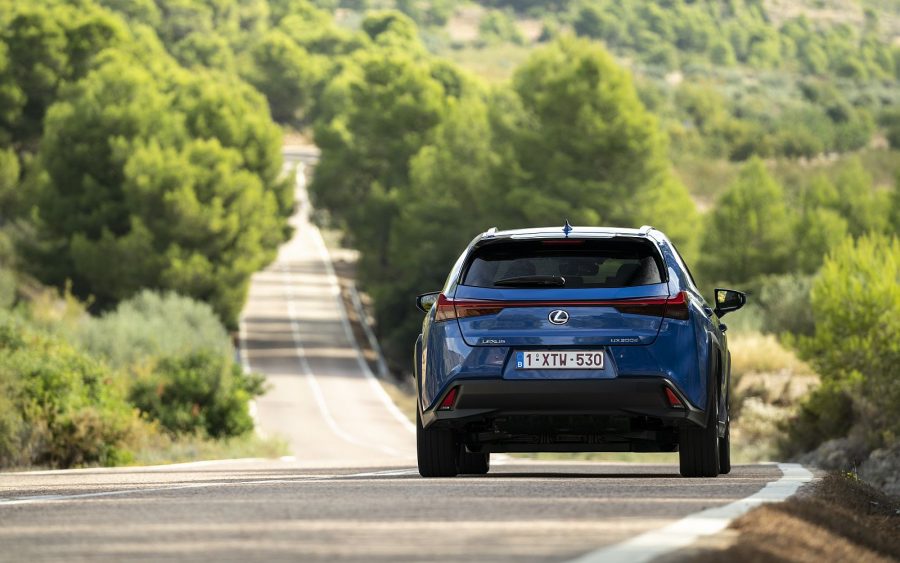
Electric vehicle range: context
The range of a vehicle can be defined as the distance it can travel before its energy source is exhausted. It is important to remember that every vehicle, irrespective of how it is fuelled or powered, has a range; and it is possible to increase that range by replenishing its energy source.
Drivers should always be somewhat aware of their vehicle’s range while travelling. But the term range anxiety has become particularly associated with drivers of electric vehicles (EVs). It stems from their concern that “the battery will run out of power before the destination or a suitable charging point is reached” (Oxford Languages).
It is true that most early mass market EVs offered smaller ranges than combustion engine equivalents, and it is likely that the modest range of these vehicles prompted a degree of concern within the driver’s mind. But is it fair to remain anxious about the range of modern EVs? Or has the indicative range and fast charging times of models such as the all-new Lexus RZ put such concerns to rest?
See what you think as we address the following FAQs –
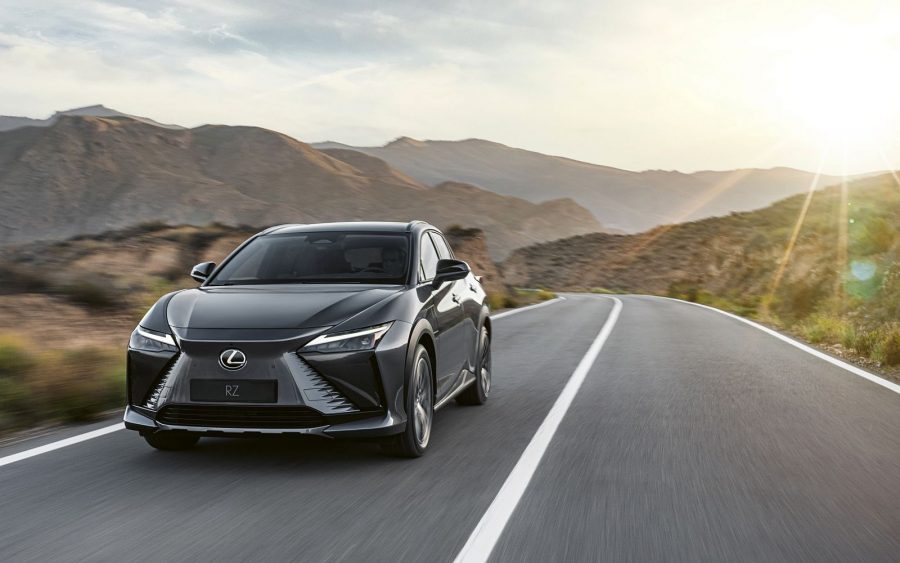
Question: How many miles can you get from a full charge?
⦁ Probably more than you think or need on a daily basis. Given that the average commuting distance in the UK is a round trip of approximately 23 miles, an entire week’s worth of travel should be comfortably within the range of most modern EVs. Using that standard, the Lexus UX 300e could complete a five-day commute and still have 80 miles to spare for the weekend
⦁ Modern EVs usually offer a range of between 150-300 miles, which should fulfil the needs of both commuters and social drivers. Putting that into context, a 200-mile range is enough to get you from Bristol to Leeds, or from London to Swansea
⦁ Drivers need not feel unduly limited by the range of their EV. As discussed in our Electric Vehicle Charging article, there are almost four times as many public charging points in the UK than traditional fuel stations. So you are never far from an opportunity to top-up on route
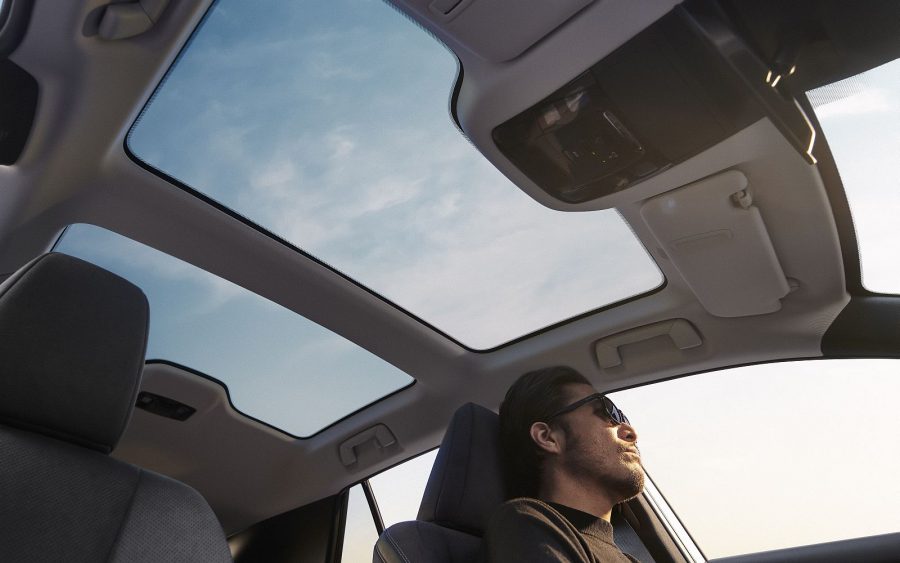
Question: Which factors affect EV range?
⦁ Temperature. EV batteries produce power through physical and chemical reactions, and the efficiencies of these reactions are negatively affected by cold weather. This results in reduced battery capacity and, in turn, a lower range
⦁ Speed. It takes more effort for an EV to reach and maintain higher speeds than it does to achieve and maintain lower speeds. This means that an EV will use proportionally more energy on the motorway than around town
⦁ Terrain. More energy is required to pull any vehicle up a hill than to coast along on the flat. However, when it comes to going downhill, EVs offer a distinct advantage over ICE cars; they actively recoup energy because the electric motors turn into generators that recharge the vehicle’s battery pack
⦁ Driving style. Smooth and gentle driving is always more efficient than an aggressive, pedal-to-the-metal driving style. Admittedly, experiencing the instant torque of an EV from a standing start can be entertaining but it will also accelerate your power consumption
⦁ Battery condition. Batteries tend to naturally deteriorate over time, which usually means that they cannot hold the same volume of charge as they did when new. Modern battery technology has reduced this effect to the point where the decline is usually imperceptible. For example, Lexus expects the new RZ’s battery to retain more than 90% of its original capacity after ten years of driving

Electric vehicle range: top tips for maximising your range
⦁ Make a conscious effort to drive as smoothly as possible, while trying to anticipate the geography of the road ahead and the movement of traffic in order to conserve your EV’s hard-earned momentum
⦁ The relationship between efficiency and speed is not linear; the energy it takes to propel a car through the air increases exponentially the faster you drive. For example, a distance that is covered at 70mph will consume around 30% more energy than the same distance covered at 50mph
⦁ Make the most of your EV’s regenerative braking system to help top-up the batteries while on the move. It’s free energy!
⦁ Battery health is optimised by trying to maintain your EV’s level of charge between 20-80% – neither empty or full. This is good practice and will condition your battery so that it can accept a full charge and deliver maximum range when needed
⦁ Plan ahead on longer journeys by using the Lexus Charging Network or Zap Map to identify public charge points that are safely within your vehicle’s range
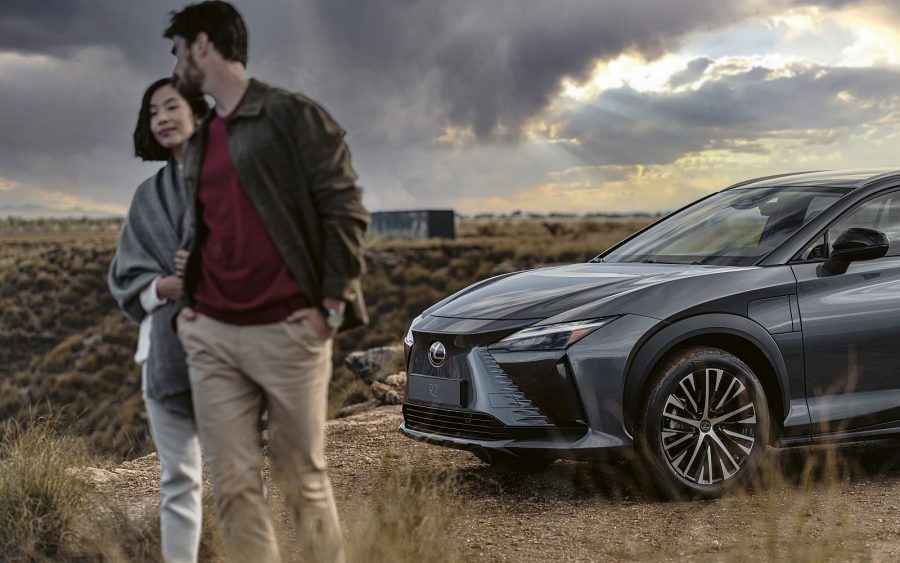
Electric vehicle range: conclusion
While some drivers have become fixated on the issue of EV range, it must not escape our notice that all vehicles have a maximum range. We have been coordinating our mobility around this fact since the day we passed our driving test, and the methods that we can employ to maximise the range of an EV are much the same as those for any vehicle with an internal combustion engine.
Most modern EVs have sufficient range to handle 99% of the journeys we make without needing to stop and be recharged. But if you need to go the extra mile (or miles) then you can always pause at one of the 32,000+ public charging points dotted throughout the UK.
Read more: Lexus explains – electric vehicle charging
Read more: Lexus explains – electric vehicle costs
Read more: Lexus explains – electric vehicle safety
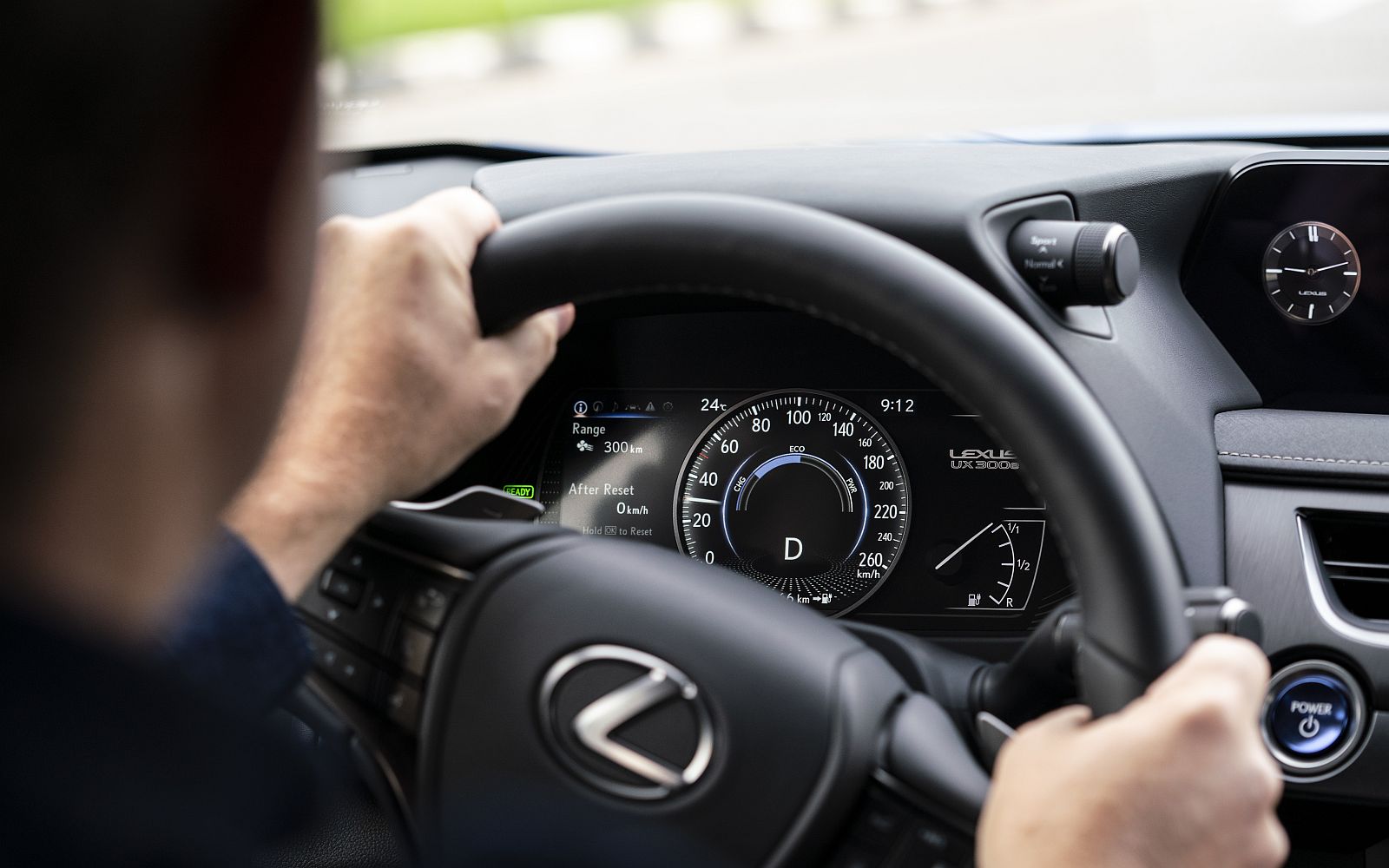
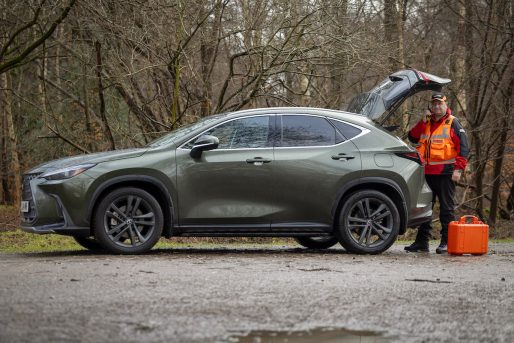
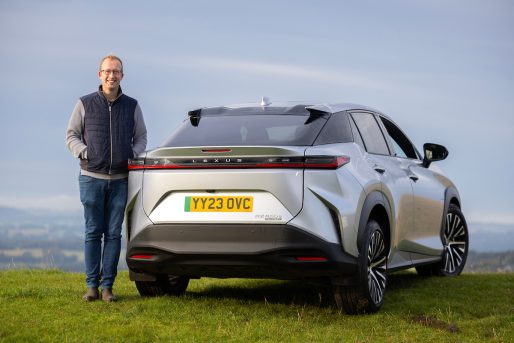
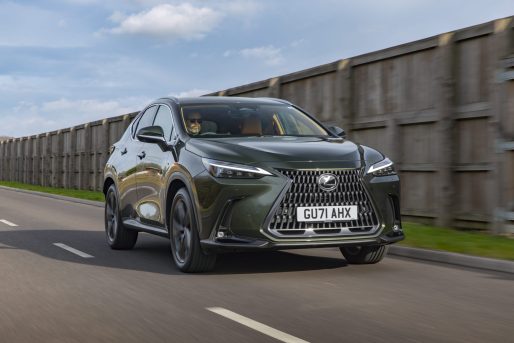
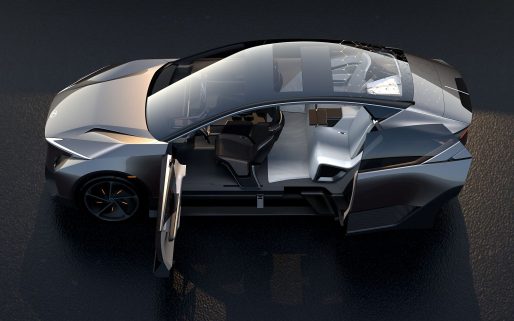
I had to hand my UX300e back due to range anxiety I started to feel. Your advertising and range claims are not correct. In the winter, on a run from Manchester to Leeds and back, my UX300e did not manage the 120 mile round trip and needed charging on th eway back – not acceptable!
Hello Roy,
We are sorry to hear about the inconvenience this caused.
These figures may not reflect real life driving results.
All vehicles are certified according to the World Harmonised Light Vehicle Test Procedure (WLTP).
It is not possible to replicate every single driver’s real world driving and there are so many factors that impact range.
Once again, we are sorry that you were disappointed with your UX 300e.
If there is anything else we can do to assist you at this time, please let us know.
Thanks.
But how long do you need to pause at a recharging point – once you have found an unoccupied one? And how does this compare with the average time to refill a petrol tank?
Hello Alan,
This depends on the vehicle and type of charger used.
You can read more about EV charging here – https://mag.lexus.co.uk/electric-vehicle-charging-lexus-explains/.
Thanks.
What is the range different when towing a caravan on a electric vehicle as I have a RX 450 but have thought about changing to electric one but can’t get a straight reply stating wether you can tow with a electric Lexus
Hello Peter,
Thanks for your comment.
More detailed specifications, including towing capacity, are not available for the all-electric RZ just yet.
As with any vehicle, an increased load will cause if to use more fuel / electric power.
Thanks.
Interesting background information – but most of us simply want to know which car should we buy next…. Ideally an electric vehicle, but which one. I would like to see a simple chart – Lexus model, battery range, charge time vs kW supply, hybrid mpg and battery range. Simple metrics that buyers could use to base their next vehicle purchase upon without all the glitz and glamour???? Facts rather than social media hype please …
Hello Bob,
Thank you for your feedback.
We will pass this onto our team and see what we can do.
Thanks.
Drive carefully, avoid motorways, hills, cold weather and free wheel down hills, whilst keeping the vehicle charged, when possible. Not very practical advice if you live in the countryside in Scotland.
I think I will stick to a hybred fuelled car be it petrol or hydrogen, don’t want to die with no heating in a snow drift.
Can you tell me why none of the Electric that are made talks about the distend the car will go when towing our have they forgot that there are millions of drivers that tow caravans
Hello Melvyn,
Unfortunately, this is not a figure that we track.
We apologise that we cannot assist you further.
Thanks.
While you mention speed and terrain as obvious factors affecting range there is no reference to:
1. Heating on in winter, including heated seats.
2. Air conditioning on.
3. Radio/CD on
4. Phone charging on
5. Other accessories requiring power.
6. 2 adults and 2 large children on board.
7. Children watching TV in the rear and one having his phone plugged into the charging socket.
Hello Stuart,
Thank you for your kind words.
We are pleased to hear that your CT is serving you well.
Thanks.
So much text in this article without clearly conveying to the reader what range should be expected from the current and forthcoming Lexus models – the premise on which I was drawn to read the article in the first place.
It would be helpful for this information to be provided, along with influencing factors such as speed, temperature, etc which you have mentioned, but contextualised to illustrate what variance on range one may expect.
The wider public would then feel in a much better place to reach a conclusion as to whether Lexus/ Toyota have taken BEV tech far enough to sufficiently dispel any range anxiety the individual may currently perceive as a barrier to adopting this technology
Hello Peter,
Thank you very much for taking the time to provide this feedback.
We will pass this onto our team and see what we can do.
Thanks.
The range quoted for an EV battery by manufacturers gives a misleading figure which does not allay ‘range anxiety’ e.g. my UX300e has a quoted range of 196 miles but in reality this reduces to 165 when in AC mode.
So to leave a comfortable 25 mile range in the battery at the next charge point ( in case the charge point is not available) the actual range between charges is about 140 miles even less in cold weather. This is about 70% of the quoted range.
A more realistic figure for mileage between charge points should also be quoted by all EV manufacturers.
Hello Peter,
Thanks for your comment. We hope your UX 300e is serving you well.
We are sorry to hear about the inconvenience this caused.
Range figures may not reflect real life driving results.
All vehicles are certified according to the World Harmonised Light Vehicle Test Procedure (WLTP).
It is not possible to replicate every single driver’s real world driving and there are so many factors that impact range.
Thanks.
I have the NX Hybrid but I love the idea of an all electric vehicle, but remain anxious about the lack of charging infrastructure. I live in Norfolk and drive to Somerset/Devon, I would not relax on a journey like that, constantly thinking of the next charging point, especially in the middle of Exmoor. I drove around with a friend as he wanted to charge his vehicle, the first stop all chargers taken, the second stop, one charger available with his plug type, but he had to ‘sign-up’, he started to answer the questions until he decided they required far too much info. The third stop very small set-up, didn’t have a plug type available. We then visited a Tesla charging set-up, high speed charging facility, a row of some 15 chargers, and a Tesla owner doesn’t have to sign-up to anything it’s all done when you purchase your car. Couldn’t Lexus come to some arrangement with a range of suppliers, where Lexus owners would have no need to sign-up – at least that would take some of the anxiety out of the present situation. I think until things are sorted and a proper infrastructure is in place, a Plug-in Hybrid is the best solution
Hello Richard,
Firstly, we hope that your NX is serving you well.
Thank you very much for this feedback.
The Lexus Charge Network is provided by Digital Charging Solutions (DCS) who have established the biggest charge network across Europe with over 150,000 connectors available, this includes thousands of connectors in the UK.
More information on this can be found here – https://www.lexus.co.uk/electric-cars/public-charging/.
Thanks.